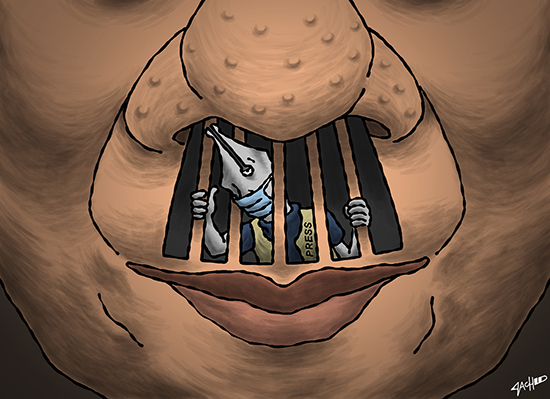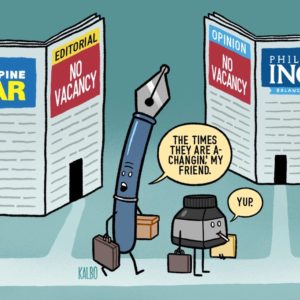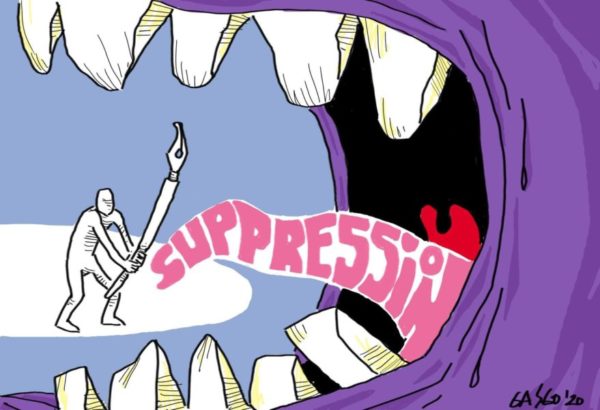
13 September 2022
On 29 August 2022, cartoonist Zach member of Cartooning for Peace announced on his Twitter account the sad end of the publication of press cartoons by The Philippine Star, one of the most widely circulated newspapers in the country. In the same tweet, he recalled that in March this year, the Philippine Daily Inquirer had preceded him.
These are sad news that probably mark the end of an era, as the Center For Media Freedom and Responsibility (CMFR) points out in a comprehensive article published in reaction to Zach's tweet. The organisation points out, however, that the end of publication in these newspapers is balanced by the rise of a generation of cartoonists active on social networks, including “Zach, Tarantadong Kalbo, Kapitan Tambay, and Isang Tasang Kape”.

Cartoonists with a strong sense of solidarity who tackle socio-political issues that affect Filipinos. In 2019, for example, Zach and Isang Tasang Kape founded the Pitik Bulag collective, whose platform is intended to allow the expression of this generation of committed cartoonists and comic artists. In March, the collective collaborated with the #FactsFirstPH, an initiative supported by news website Rappler of Maria Ressa, Nobel Peace Prize 2021 (with Dmitry Muratov) to fight against disinformation and fake news online. In 2021, the raised fist published by the cartoonist Tarantadong Kelbo to signify the population’s dissatisfaction with the country’s administration generated a large-scale creative movement, reflecting the importance of this means of expression.

As the CMFR also writes, already, during its visit to the Philippines in 2015, Cartooning for Peace expressed that “cartoons transcend language barriers and could be an instrument of peace (among other things); we cannot have a story without images; and editorial cartoons bring social issues closer to readers.”
However, this vitality should not obscure the worrying nature of the end of editorial cartooning in these two newspapers. Nor should we forget that journalism and press cartoons are subject to pressure and even censorship, as illustrated by the cyber-defamation lawsuits brought by the previous government against Maria Ressa and Rappler. One of them was already underway in 2020 in a country ranked 147th out of 180 countries in the Reporters Without Borders (RSF) World Press Freedom Index 2022. Zach said that it is not uncommon to face harassment, insults, accusations and even death threats online from critics and political activists. In June 2022, Amnesty International and Human Rights Watch called on the new government to ensure respect for human rights, including the freedom to express opinions.
Today in the Philippines, the situation of press cartoons is therefore paradoxical and deserves special attention. Cartooning for Peace calls for the respect of their freedom of expression, so that they can continue to contribute serenely to the democratic debate, whatever the means of distribution.